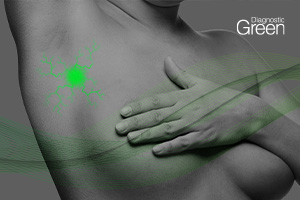Despite being rarely reported, ischemic insults resulting from compromising small brainstem perforators following microvascular decompression (MVD) remain a potential devastating complication. To avoid this complication, we have been using indocyanine green (ICG) angiography intraoperatively to check the flow within the small brainstem perforators. We aim to evaluate the safety and usefulness of ICG videoangiography in MVD.
Results: Out of the 438 patients, 15 patients with a mean age (SD) of 53 ± 10.5 years underwent intraoperative ICG angiography. Male:female was 1:1.14. The mean disease duration prior to surgery was 7.7 ± 5.3 years. The mean follow-up (SD) was 50.7 ± 42.0 months. In 14 patients, the offending vessel was an artery, and in one patient, a vein. Intraoperative readjustment of the Teflon pledget or sling was required in 20% (3/15) of the cases. No patient had any sort of brainstem ischemia. Eighty percent of the patients (12/15) experienced complete resolution of the spasms. 86.7% (13/15) of the patients reported a satisfactory outcome with marked improvement of the spasms. Three patients experienced slight hearing affection after surgery, which improved in two patients later. There was no facial or lower cranial nerve affection.
Conclusion: Intraoperative ICG is a safe tool for evaluating the flow within the brain stem perforators and avoiding brainstem ischemia in MVD for hemifacial spasm.




